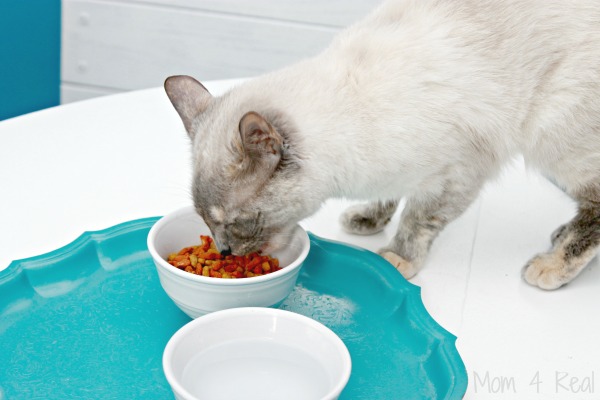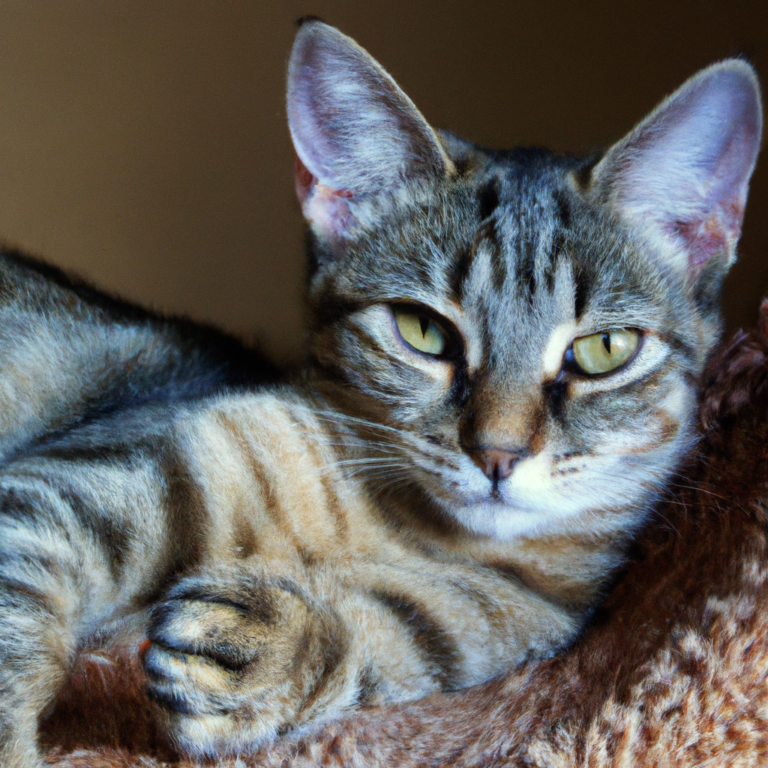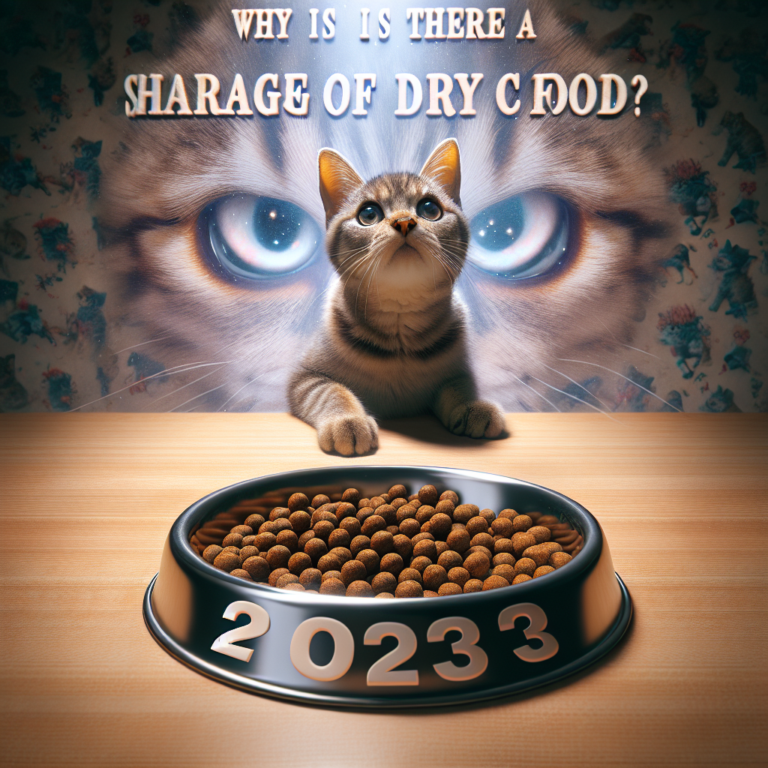How To Keep Ants Out Of Cat Food
Have you ever experienced the frustration of finding ants crawling all over your cat’s food? It can be incredibly annoying and unappetizing for both you and your furry friend. In this article, you’ll discover simple and effective methods to keep ants at bay and ensure that your cat’s meals remain ant-free. With these easy tips, you can say goodbye to pesky ants invading your cat’s food once and for all.
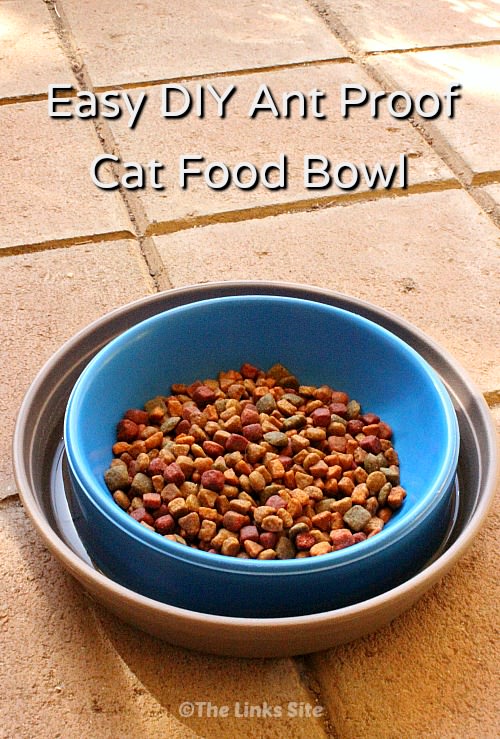
Identifying the Ant Problem
Recognizing the presence of ants
The first step in dealing with ants in your cat’s food is to be able to recognize their presence. Ants are small insects that often form trails as they search for food. You may notice them congregating around your cat’s food bowls or marching in a line to and from their nest. Pay attention to any signs of ants in your home, especially in the area where you keep your cat’s food.
Understanding the risks of ants in cat food
While ants may seem harmless, it’s important to understand the risks they pose to your cat’s health. Ants can contaminate your cat’s food with bacteria, dirt, and even pesticides if they have been in contact with them. Ingesting contaminated food can lead to digestive issues or other health problems for your feline friend. It’s crucial to take action to keep ants away from your cat’s food to ensure their well-being.
Creating an Ant-Proof Feeding Area
Choosing a suitable feeding location
Selecting the right feeding location is essential in preventing ants from reaching your cat’s food. Opt for an area that is free from cracks, gaps, or openings where ants can enter. Avoid placing the feeding bowls near windows, doors, or other areas where ants are likely to find their way inside. By choosing a suitable feeding location, you can make it more challenging for ants to access your cat’s food.
Keeping the feeding area clean
Maintaining cleanliness is an important aspect of creating an ant-proof feeding area. Regularly clean the feeding area and remove any spilled food or debris that may attract ants. Wipe down the feeding bowls after each meal to ensure there are no food residues left behind. By keeping the feeding area clean, you minimize the chances of ants being drawn to the area.
Clearing surrounding areas of food debris
Apart from cleaning the feeding area itself, it’s crucial to pay attention to the surrounding areas as well. Ants can be attracted to any food debris or crumbs left nearby, leading them closer to your cat’s food bowls. Regularly sweep or vacuum the area around the feeding location to remove any potential food sources for ants. By clearing the surroundings of food debris, you can deter ants from approaching your cat’s food.
Using ant-proof feeding bowls
Investing in ant-proof feeding bowls can significantly help in keeping ants away from your cat’s food. These bowls are specifically designed to prevent ants from crawling into them. They feature barriers such as moats or raised rims that ants are unable to cross. Ant-proof feeding bowls can be an effective solution to ensure that your cat’s food remains ant-free.
Elevating the cat food bowls
Another strategy to consider is elevating your cat’s food bowls. Ants typically follow scent trails, and by elevating the bowls, you make it more difficult for them to reach the food. You can use elevated feeding stations or stands designed for cats, ensuring that ants have a harder time accessing the food. Elevating the cat food bowls can be an extra layer of protection against ant invasions.
Sealing Cat Food Containers
Transferring cat food to airtight containers
To further protect your cat’s food from ants, it’s important to transfer it to airtight containers. Ants can easily get into open bags or boxes of cat food, increasing the risk of contamination. By transferring the food to airtight containers, you create a barrier that ants cannot penetrate. Ensure that the containers are specifically designed to preserve freshness and prevent pests from entering.
Inspecting containers for cracks or gaps
Before storing your cat’s food in airtight containers, remember to inspect them for cracks or gaps. Even the smallest opening can be an entry point for ants. Ensure that the lids fit tightly and there are no visible signs of damage or wear. By thoroughly checking the containers, you can ensure that there are no vulnerable spots where ants can gain access.
Applying silicone sealant to container lids
If you notice any cracks or gaps in the lids of your cat food containers, applying a layer of silicone sealant can help seal them. Silicone sealant is waterproof and provides an additional barrier against ants. It forms a durable seal that effectively prevents ants from entering the containers. Applying silicone sealant to container lids can be a simple yet effective way to keep ants out of your cat’s food.
Using resealable bags for storing cat food
If transferring the cat food to airtight containers is not feasible, consider using resealable bags. These bags have zip-lock closures that prevent ants from reaching the food inside. Ensure that the bags are securely sealed after each use to maintain their effectiveness. Using resealable bags provides a convenient solution for storing cat food while keeping it safe from ant infestations.
Applying Natural Ant Deterrents
Sprinkling food-safe ant repellents near the feeding area
Sprinkling food-safe ant repellents near the feeding area can help deter ants from approaching your cat’s food. Look for ant repellents that are specifically labeled as safe for use around food and pets. You can sprinkle these repellents in areas surrounding the feeding location or along ant trails to discourage their presence. Food-safe ant repellents offer a natural and non-toxic way to keep ants away from your cat’s food.
Using natural ant-repelling substances
Several natural substances can act as effective ant-repellents. Cinnamon, cloves, and peppermint are known to repel ants due to their strong scents. You can sprinkle these substances around the feeding area or create sachets to place near the food bowls. The pleasant aroma for humans acts as a deterrent for ants. Using natural ant-repelling substances can help keep your cat’s food ant-free without resorting to harsh chemicals.
Creating vinegar or citrus spray deterrents
Vinegar and citrus sprays can be powerful ant deterrents as ants dislike the strong smell of both. Create a solution by mixing equal parts of vinegar (white or apple cider) and water or using citrus essential oils diluted in water. Spray this solution around the feeding area and any areas where ants may be present. The smell of vinegar or citrus will repel ants and discourage them from approaching your cat’s food.
Placing bay leaves as a natural ant deterrent
Another natural ant deterrent is bay leaves. Ants have an aversion to the smell of bay leaves, making them a useful tool in keeping ants away from your cat’s food. Place bay leaves around the feeding area or near ant entry points to create a barrier that ants will avoid crossing. The fragrance of bay leaves acts as a natural ant repellent and can contribute to protecting your cat’s food from infestations.
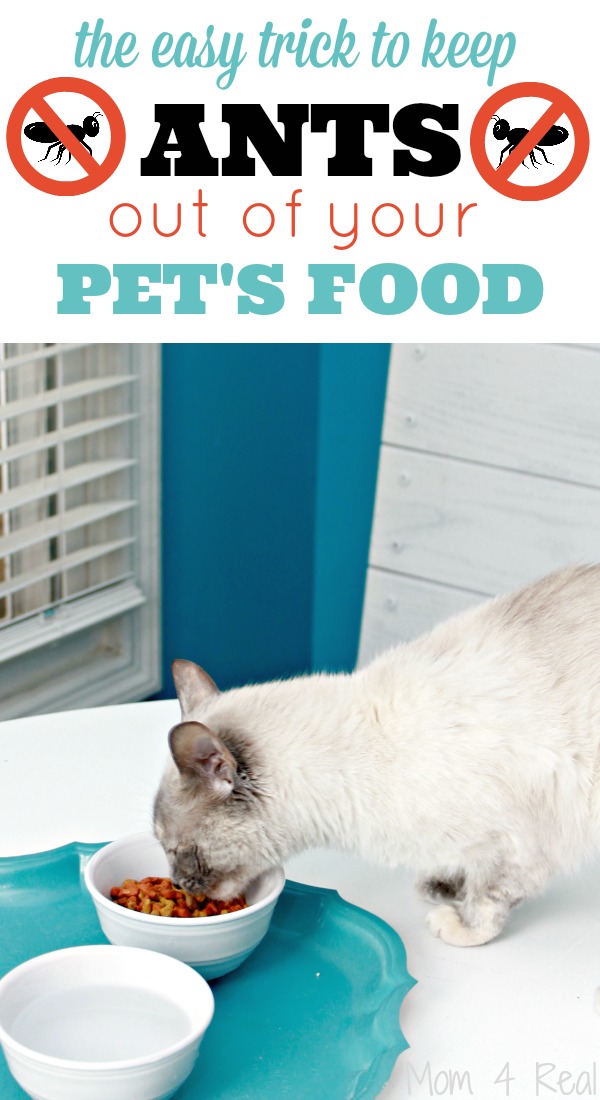
Eliminating Ant Trails and Nests
Identifying and disrupting ant trails
To effectively deal with ants in your cat’s food, it’s important to identify and disrupt their trails. Observe the movements of ants and try to determine their entry points and the path they follow. Once you locate the ant trails, disrupt them by wiping them away with a damp cloth or sponge. Breaking the scent trails will confuse the ants and make it more challenging for them to find the cat’s food.
Removing ants’ access points to the feeding area
Ants can find their way into your cat’s food through various access points. Check for any cracks, gaps, or openings in walls, windows, or doors near the feeding area. Seal these access points with caulk or weatherstripping to prevent ants from entering your home. By eliminating the ants’ access points, you create a barrier that reduces the likelihood of them reaching your cat’s food.
Destroying ant nests using boiling water or insecticides
If you discover ant nests around your home or in the vicinity of the feeding area, it’s important to eliminate them. One method is to pour boiling water directly into the nest. This effectively destroys the ant colony and disrupts their presence. Alternatively, you can use ant bait or insecticides specifically designed to eliminate ants. Follow the instructions carefully and take appropriate safety precautions when using insecticides.
Consulting a professional exterminator if necessary
In some cases, ants may persist despite your best efforts to control them. If the infestation becomes overwhelming or if you are concerned about using chemicals around your pets, it may be necessary to consult a professional exterminator. They have the expertise and experience to assess the situation and provide appropriate solutions for eliminating ants. A professional exterminator can help ensure a safe and effective resolution to the ant problem.
Regular Cleaning and Maintenance
Developing a cleaning routine for the feeding area
Maintaining a regular cleaning routine for the feeding area is crucial in preventing ant infestations. Set a schedule for cleaning the area, including wiping down the food bowls, removing any spilled food, and checking for signs of ants. By incorporating the feeding area into your regular cleaning routine, you can stay on top of any potential ant problems and ensure the cleanliness of your cat’s food.
Wiping down cat food bowls after each meal
After each meal, make it a habit to wipe down the cat food bowls. This removes any leftover food that may attract ants. Use a clean cloth or sponge and warm, soapy water to thoroughly clean the bowls. Rinse them well to ensure there are no residual soap traces that could harm your cat. By regularly wiping down the food bowls, you minimize the chances of ants being drawn to any remaining food particles.
Sweeping or vacuuming the surrounding area
In addition to cleaning the feeding area, it’s important to maintain cleanliness in the surrounding area as well. Regularly sweep or vacuum the floor near the feeding location to remove any crumbs or food debris that may attract ants. Pay attention to corners, crevices, and baseboards where ants can hide or find food remnants. By keeping the surrounding area clean, you create a less appealing environment for ants.
Regularly washing and drying cat food mats
If you use cat food mats under the feeding area, make sure to regularly wash and dry them. Food mats can accumulate spills, crumbs, and other debris that ants can be attracted to. Follow the manufacturer’s instructions for cleaning the mats and ensure they are thoroughly dried before placing them back in the feeding area. By keeping the cat food mats clean, you minimize potential food sources for ants.
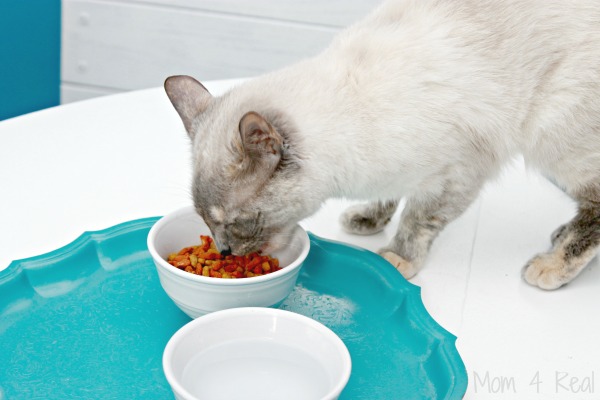
Considering Alternative Feeding Methods
Using timed cat feeders
Timed cat feeders can be a useful tool in preventing ants from reaching your cat’s food. These feeders allow you to schedule specific times for food to be dispensed, which minimizes the amount of time the food is available for ants to find. By programming the feeder to release smaller portions at multiple intervals throughout the day, you can reduce the risk of attracting ants.
Offering smaller portion sizes
Instead of free-feeding your cat, consider offering smaller portion sizes. This means giving your cat specific meal times and limited amounts of food. By providing smaller portions, you decrease the likelihood of excess food remaining in the bowls that could attract ants. It also encourages your cat to finish their meal, minimizing any leftover food that may become a target for ants.
Feeding cats at scheduled times
Establishing scheduled feeding times for your cat can also help prevent ants from accessing their food. By feeding your cat at specific times, you can remove the food bowls when the mealtime is over, reducing the opportunity for ants to find and infest the food. Consistency in feeding times creates a routine that allows you to control the cat’s access to food and minimize the risk of ant invasions.
Avoiding free-feeding
Free-feeding, where food is constantly available for your cat to eat at any time, can increase the risk of attracting ants. Avoid leaving food out all day or overnight as it provides a continuous food source for ants. Instead, opt for controlled feeding times or utilize timed feeders to ensure that the food is only available to your cat during specific periods. By avoiding free-feeding, you can minimize the chance of ant infestations in your cat’s food.
Collaborating with Other Pet Owners
Sharing tips and experiences with other pet owners
Engaging with other pet owners can provide valuable insights and tips on keeping ants away from your cat’s food. Share your experiences and learn from others who may have encountered similar challenges. By collaborating with other pet owners, you can gather a variety of strategies and techniques that have proven to be successful in keeping ants out of cat food.
Joining online forums or communities
Joining online forums or communities dedicated to pet owners can be a great way to connect with like-minded individuals. These platforms often have sections specifically for discussing pet-related issues, where you can seek advice or share your own solutions. Participating in these communities allows you to tap into a wealth of knowledge and benefit from the experiences of fellow pet owners.
Organizing local workshops or presentations
Consider organizing local workshops or presentations on topics related to pet care, including ant prevention in cat food. This can be done in collaboration with local pet stores, veterinary clinics, or community centers. By sharing your knowledge and experiences, you can raise awareness among other pet owners about the importance of keeping ants away from cat food and provide them with practical solutions.
Supporting and learning from each other
Creating a supportive network of fellow pet owners can be invaluable in addressing common challenges. By sharing your insights and learning from others, you can collectively work towards the goal of keeping ants out of cat food. Offer your support to others and be open to receiving assistance and suggestions. Together, you can develop effective strategies and minimize ant infestations in your cats’ food.
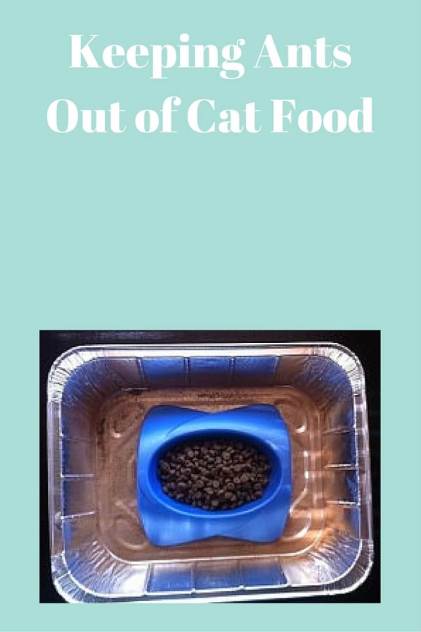
Professional Advice from Veterinarians
Consulting a veterinarian for ant-related concerns
If you have concerns about ants in your cat’s food, it’s advisable to consult a veterinarian. Veterinarians are knowledgeable about the potential risks to your cat’s health and can provide guidance on how to address the issue effectively. They can assess the situation, answer any questions you may have, and offer professional advice tailored to your specific circumstances.
Asking for cat-safe ant control recommendations
Veterinarians can also provide recommendations for cat-safe ant control measures. They may suggest specific products or methods that are effective in deterring ants without posing a risk to your cat’s health. By seeking professional advice, you can ensure that the ant control measures you implement are not harmful to your pet.
Receiving guidance on nutrition and cat food storage
In addition to addressing ant-related concerns, consulting a veterinarian allows you to receive guidance on nutrition and cat food storage. Veterinarians can provide advice on selecting appropriate cat food that meets your cat’s nutritional needs. They can also offer recommendations on proper food storage to maintain freshness and prevent ant infestations.
Gaining professional insights and solutions
Veterinarians have a wealth of knowledge and experience in dealing with various issues related to pet care. By consulting a veterinarian, you gain access to their professional insights and solutions. They can provide personalized recommendations based on your cat’s specific needs and circumstances. Their expertise can help you effectively address ant problems in your cat’s food and ensure the overall well-being of your feline companion.
Conclusion
Keeping ants out of your cat’s food is essential for maintaining their health and well-being. By following the strategies outlined in this article, you can create an ant-proof feeding area, seal cat food containers, apply natural ant deterrents, eliminate ant trails and nests, maintain regular cleaning and maintenance, consider alternative feeding methods, collaborate with other pet owners, and seek professional advice from veterinarians. By implementing these measures, you can safeguard your cat’s food from ants and provide them with a safe and healthy mealtime experience.


